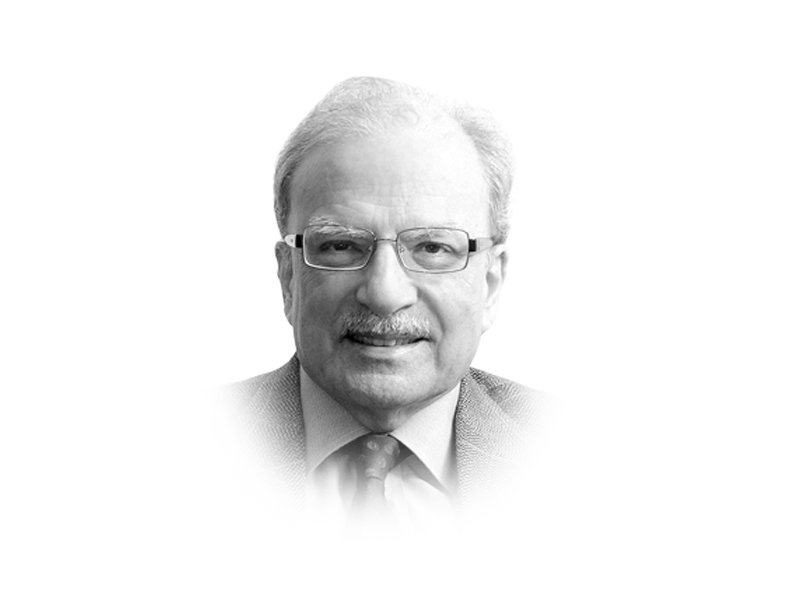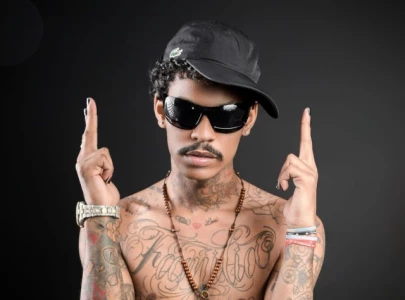
Under Modi, the rate of GDP growth did pick up but the promised benefits to the poor did not materialise. Unemployment rate rose to 6.1 per cent — a 45-year high. But the Modi government defended its track record by pointing to alterative measures of employment which economists maintained were flawed or incomplete. The official view was that the administration had implemented significant reforms such as the introduction of a national goods-and-services tax, which previous governments tried but failed to adopt. His government adopted a bankruptcy law that allowed non-performing enterprises to exit. But some other initiatives proved to be highly disruptive. The government demonetised large denomination currency rates that seriously hurt small businesses that relied on cash for making all transactions.
As the weeks of electioneering began, some observers saw “signs that voters are unwilling to give Modi another dramatic mandate”. Seeing the same signs, Modi in his vigorous campaign before the beginning of the five-week long process, switched his appeal, focusing much more on India’s long history of Hinduism. He hoped that Indian voters could be persuaded to focus on nationalist pride rather than on bread and butter issues in a campaign based less on hope than on fear. He sold himself as the chowkidar, the gatekeeper. In projecting himself as a saviour of Hindu nationalism, he focused in particular on the populous state of Uttar Pradesh, seen as the most important part of India’s ‘Hindu belt’. But he didn’t forget other parts of his diverse country. According to his aides, the Prime Minister held 142 election rallies and covered 65,000 miles in travel. He concentrated not only on the Hindu-belt in the country’s north but also traveled to states such as the left-leaning Bengal where he and his party did not expect to do well.
Though more than 2,000 political parties contested in the election, it was essentially a referendum on Modi. In the speeches at the rallies, he focused more on the campaign against terrorism and his record on Pakistan. The Indian Air Force dropped bombs on Pakistan to “punish” a Pakistan-based group that took responsibility for the killing of 50 soldiers in a suicide attack in the Indian occupied part of Kashmir. But as The New York Times wrote, no matter that the bombs according to “independent security advisers missed their targets or that Pakistan downed an Indian fighter jet the next day, jingoism engulfed India and Mr Modi’s approval ratings shot up. In the campaign’s final days, he brought up the airstrike again and again.”
The strategy paid off. The voting was completed on Sunday, May 19, and counting by the Election Commission began a day later. Although, most polls gave Modi a comfortable win, the landslide victory he won surprised most political observers, perhaps also Modi and his close associates. According to the Election Commission, the Modi group won more than 350 seats in the 525-strong Lok Sabha, the lower house of the Indian parliament, with the BJP alone winning more than the needed 262 seats for a majority. That Modi scored such a handsome victory was widely interpreted as a consequence of his attempt to revive Hinduism in a country where 80 per cent of the population follows that faith.
However, some analysts saw the Indian election as one part of a global trend. Other upsets came before Modi’s. Before the Indian election was the victory of the incumbent Scott Morrison in Australia who ran against the high cost of climate action. In Brazil and the Philippines, the political appeal of Bolsonaro and Duterte seem to be inversely related to their respect for human rights and the rule of law. The citizens of the two countries were tired of lawlessness and wanted leaders who could bring order to their lives. In a column published by his newspaper The New York Times, Bret Stephens placed Modi’s victory in global context, the rise of right-wing populism. “It’s contempt for the ideology of them before us: of the immigrant before the native born; of the local and national interest before the global or transnational interest; or racial or ethnic or sexual minorities before the majority; of the transgressives before the normal.” Modi’s electoral triumph was keeping up with that trend.
Which way will an emboldened Narendra Modi take India? Even the Prime Minister himself probably does not know the answer. There was hope in some circles that having used extreme nationalism to win the election, once in office he would govern moderately. But moderation may not result in the easing of tensions with Pakistan. Prime Minister Imran Khan expressed the hope that a strengthened Modi could play the role of “Nixon in China”. In 1972, Nixon, the American hardline anti-Communist leader, went to China, met with Chairman Mao Zedong and ushered in a new era of China-US relations. The Pakistani Prime Minister believes that Modi may be able to do the same for Pakistan-India relations. But by not inviting the Pakistani Prime Minister to attend the ceremony at which the reelected Modi will take the oath of office, a clear signal was given to Pakistan what it should expect from India: pronounced and persistent hostility.
Published in The Express Tribune, June 3rd, 2019.
Like Opinion & Editorial on Facebook, follow @ETOpEd on Twitter to receive all updates on all our daily pieces.












COMMENTS (1)
Comments are moderated and generally will be posted if they are on-topic and not abusive.
For more information, please see our Comments FAQ